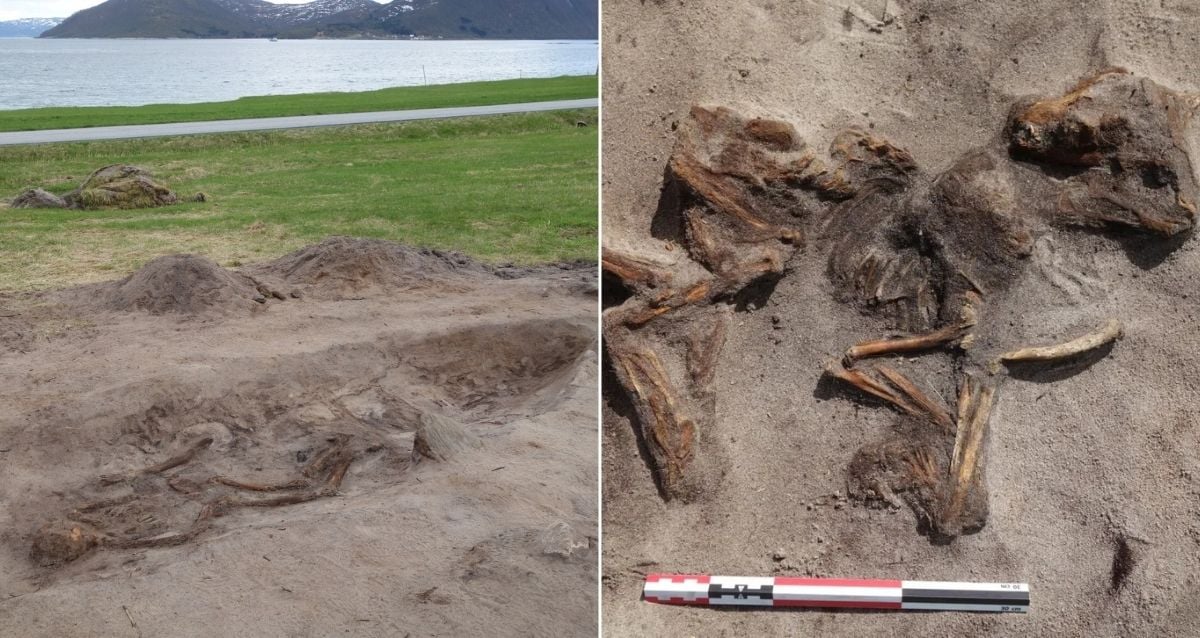Ancient Peruvian Elites’ Secret Rituals Unveiled: Mysterious Drug Use Found in 3,000-Year-Old Artifacts
The snuff likely induced profound yet terrifying visions that would have been seen as a connection to some supernatural force.
“It probably took all kinds of knowledge and training to interpret what you were seeing,” archaeologist Jason Nesbitt told Science. “This isn’t people going off on a vision quest, or even a shaman taking some psychoactive substance in an individual ritual.”
Controlling access to this altered state, and therefore limiting the different interpretations of the visions, was a way for Chavín’s rulers to craft an ideology and convince their people that their leadership had been ordained by the divine. It was, they told the masses, the natural order of things that some should be held above others.
“One of the ways that inequality was justified or naturalized was through ideology — through the creation of impressive ceremonial experiences that made people believe this whole project was a good idea,” Contreras said.
Previous excavations at the site suggested that Chavín society marked a transition from the egalitarian civilizations that had preceded it and the empires that later came to dominate the Andean region. The complex at Chavín de Huántar may have also served as a pilgrimage site for the people who would go on to become the ruling classes of those empires.
And these hallucinogenic visions were at the center of that bid for power and control.
After reading about the ancient drug paraphernalia found in Peru, go inside the trippy history of peyote. Or, learn about the controversial history of absinthe.














Post Comment